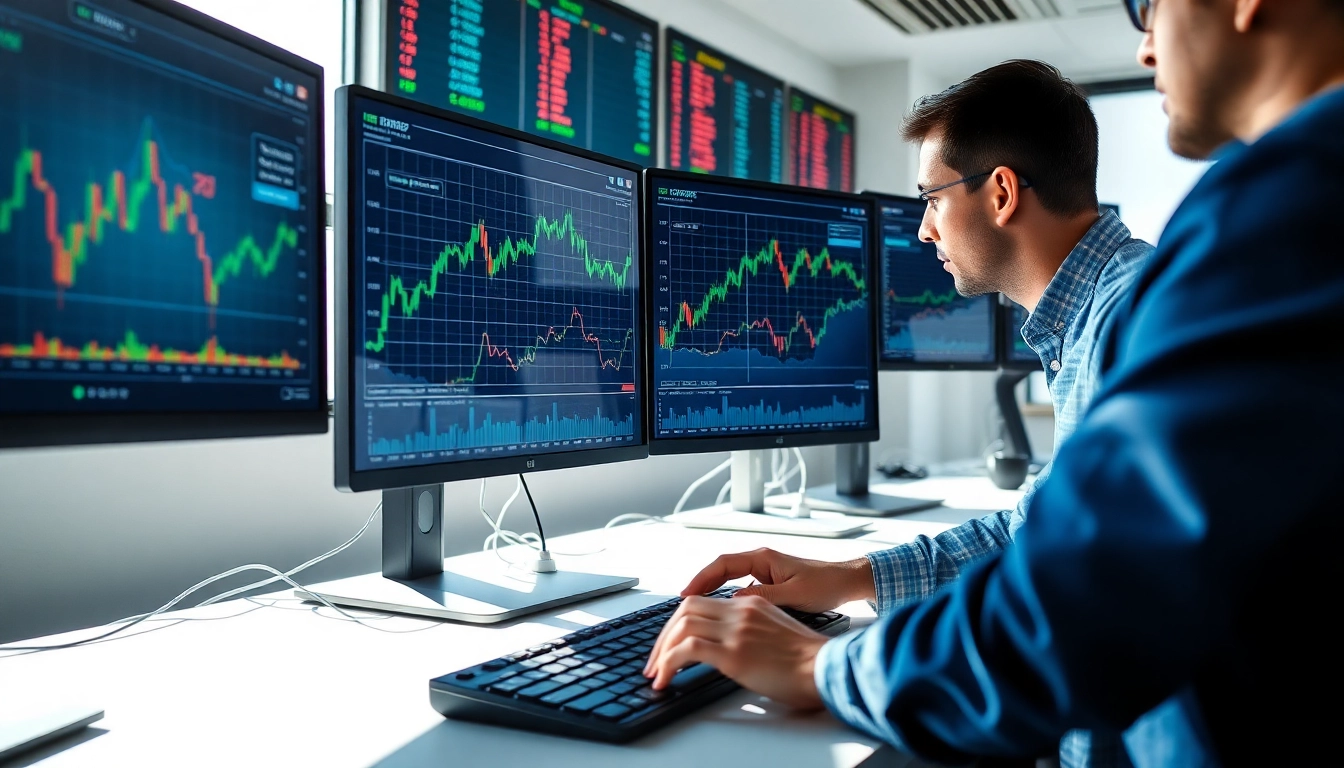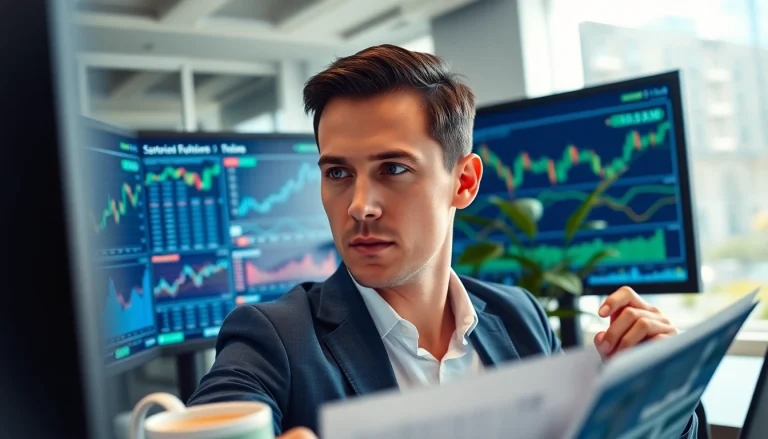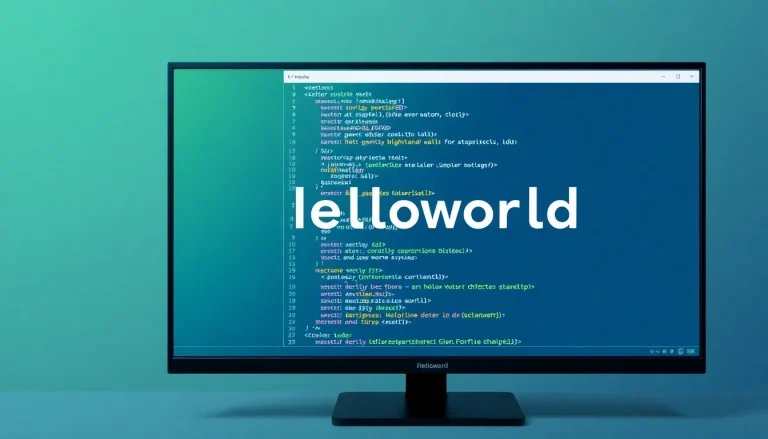Understanding Trade Futures
Trading futures involves agreements to buy or sell a specific commodity or financial asset at a predetermined price on a future date. This mechanism allows participants to hedge against price movements or speculate for potential profit. With the increasing complexity and volatility of global markets, understanding the nuances behind trade futures is vital for investors looking to secure their positions or diversify their portfolios effectively.
Definition and Mechanics of Futures Contracts
Futures contracts are standard derivatives that signify an obligation for buyers and sellers to transact a particular asset at a specified price and time. These agreements are traded on futures exchanges, such as the Chicago Mercantile Exchange, which provides a regulated platform for transactions. The underlying assets can range from commodities like oil and wheat to financial instruments such as currency pairs and stock indices.
The mechanics of futures trading articulate how contracts are established, executed, and settled. A futures contract specifies the quantity of the asset being traded, the price agreed upon, and the delivery date. Upon the expiration of the contract, the parties often settle the deal either through physical delivery of the asset or cash settlement, where the difference between the contract price and market price is exchanged.
Key Market Participants in Futures Trading
Understanding the roles of various market participants is crucial for navigating the futures market. The primary players include:
- Hedgers: These participants aim to manage risk associated with price fluctuations. For instance, a farmer might sell futures contracts on wheat to lock in prices and mitigate the risk of future price drops.
- Speculators: Unlike hedgers, speculators seek profit from market movements without any intention of taking physical delivery of the asset. They often use leverage to amplify potential returns.
- Arbitrageurs: These traders take advantage of price discrepancies between different markets or related assets, ensuring market efficiency.
- Brokerage Firms: These entities facilitate trading for clients and often provide research, market information, and trading platforms.
Types of Commodities Traded in Futures Markets
The futures market comprises two main categories of commodities: hard and soft commodities. Hard commodities are typically natural resources that must be mined or extracted, such as:
- Metals (gold, silver, copper)
- Energy products (crude oil, natural gas)
Soft commodities, on the other hand, include agricultural products like:
- Corn
- Wheat
- Coffee
- Cocoa
- Sugar
The Benefits of Trading Futures
Leveraging Margins for Increased Profit Potential
One of the most attractive aspects of trading futures is the ability to leverage margins. Investors can control a large position in the market with a relatively small amount of capital. This leverage can amplify profits, but it also increases the risk of losses. For example, a trader may only need to deposit 5% of a contract’s value to open a position, allowing them to control a larger asset value.
Diversifying Your Portfolio with Futures
Futures also allow investors to diversify their investment portfolio. By including futures contracts in a portfolio, traders can gain exposure to a broader range of assets, mitigating the risks associated with holding only stocks or bonds. For instance, incorporating futures for commodities can help hedge against inflation and provide a counterbalance during market downturns.
Time-sensitive Trading Opportunities in Futures Markets
The futures market operates nearly around the clock, providing numerous trading opportunities. This continuous trading environment allows traders to react quickly to market news and events that may impact prices. Consequently, futures can serve as a valuable tool for those seeking to capitalize on short-term price movements.
Strategies for Successful Futures Trading
Technical Analysis for Trade Futures
Technical analysis is an essential method many traders employ in the futures market. This strategy involves analyzing historical price charts and patterns to identify potential future price movements. Traders utilize various indicators, such as:
- Moving Averages
- Relative Strength Index (RSI)
- Fibonacci Retracements
Effective technical analysis helps traders make informed decisions based on market sentiment, trends, and potential reversals.
Risk Management Techniques in Futures Trading
Risk management in futures trading is crucial due to the inherent volatility and potential for leveraged losses. Key risk management strategies include:
- Position Sizing: Determine the amount of capital to allocate to each trade based on risk tolerance.
- Stop-Loss Orders: Set predetermined exit points to minimize losses if the market moves against a position.
- Diversification: Consider spreading investments across multiple futures contracts to reduce risk exposure.
Developing a Trading Plan for Futures Success
A well-structured trading plan is foundational for futures trading success. The plan should specify entry and exit strategies, risk management protocols, and goals. Setting clear objectives will help traders stay disciplined and make rational decisions, especially during periods of market volatility.
Challenges and Risks of Trading Futures
Understanding Market Volatility
Market volatility can present both opportunities and challenges for futures traders. Sudden price swings can lead to significant profit potential but also pronounced losses. Understanding the factors that drive volatility, such as economic reports, geopolitical events, and changes in supply and demand, is essential for developing effective trading strategies.
Regulatory Considerations in Futures Trading
Futures trading is regulated by bodies such as the Commodity Futures Trading Commission (CFTC) in the United States. Regulatory compliance is vital for ensuring fair practices and protecting investors. Traders should remain educated about these regulations to avoid penalties and maintain good standing in the market.
Common Pitfalls to Avoid in Trade Futures
Several common pitfalls can derail futures traders, including:
- Overleveraging: While leverage can magnify profits, it can also lead to rapid losses if not managed carefully.
- Lack of Education: Futures markets are complex; insufficient knowledge can result in costly mistakes.
- Emotional Trading: Decisions driven by fear or greed can cloud judgment, leading to impulsive and unplanned actions.
Getting Started with Trade Futures
Selecting a Futures Broker
Choosing the right futures broker is a critical first step for anyone looking to dive into the futures market. Effective brokers provide robust trading platforms, competitive commissions, and strong customer support. Factors to consider when selecting a broker include user interface, access to research tools, and educational resources.
Setting Up Your Trading Account
After selecting a broker, the next step is to set up a trading account. This process typically involves providing personal information, financial details, and potentially verifying identity. Brokers may also require an initial deposit that varies based on margin requirements and account types.
Tools and Resources for Futures Traders
To navigate the complex world of futures trading, investors should utilize various tools and resources. These may include analytic software, trading simulators, and access to data feeds, charts, and news updates. Many brokers offer integrated tools to streamline the trading experience and help traders execute their strategies successfully.








